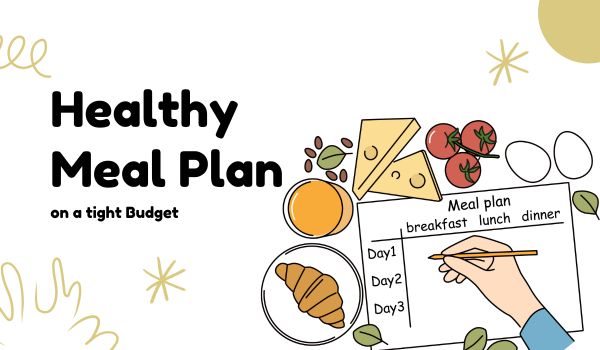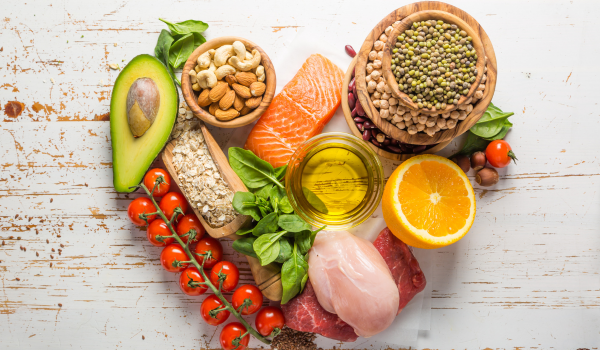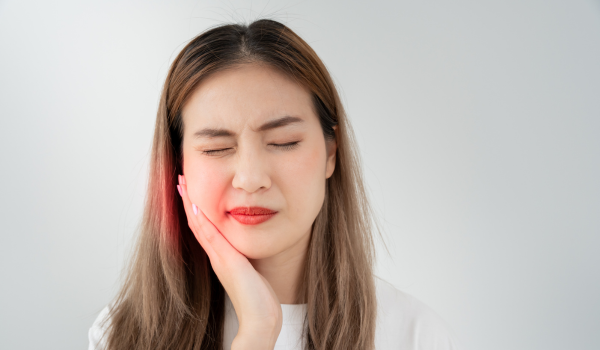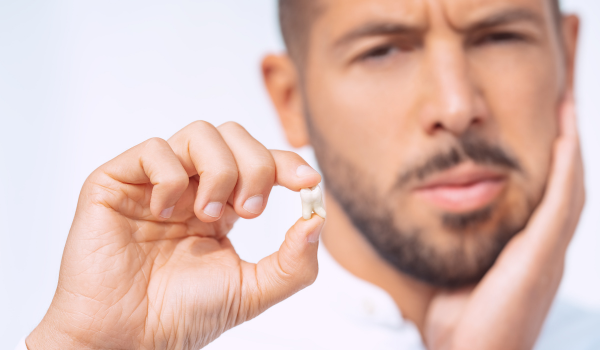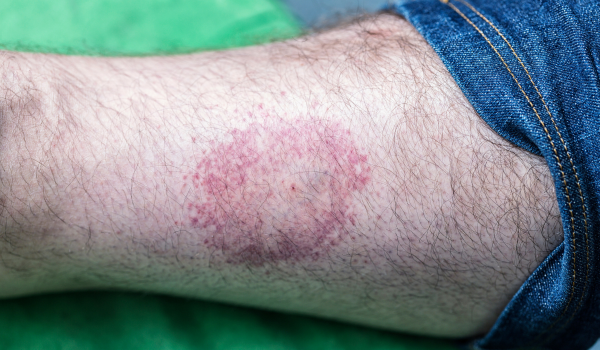.png)
High blood pressure, or hypertension, is often called the “silent killer” because it typically presents no symptoms—yet it increases your risk of heart disease, stroke, and kidney problems. Fortunately, medication isn't the only path to control it. In fact, adopting key lifestyle habits can significantly reduce your blood pressure and even eliminate the need for drugs in many cases.
This article explores 10 evidence-based, doctor-recommended lifestyle strategies to help you lower and manage your blood pressure naturally.
1. Lose Excess Weight And Manage Your Waistline
Weight and blood pressure go hand in hand. As your weight increases, so does the strain on your heart and arteries. In fact, studies suggest that losing even a small amount of weight—around 2.2 pounds (1 kg)—can drop your blood pressure by about 1 mm Hg.
Why waist size matters:
Visceral fat (belly fat) is particularly risky. It wraps around internal organs and promotes inflammation and insulin resistance, which can drive up your blood pressure.
General risk guidelines:
-
Men: Risk increases if waist > 40 inches (102 cm)
-
Women: Risk increases if waist > 35 inches (89 cm)
Talk with your healthcare provider about a healthy weight range and waist size for your body type and ethnicity.
2. Exercise Regularly For Cardiovascular Strength
Consistent aerobic exercise can lower blood pressure by 5 to 8 mm Hg in people with hypertension. The key is consistency—if you stop exercising, your blood pressure may rise again.
Recommended routine:
-
Aim for at least 30 minutes of moderate-intensity exercise most days of the week.
-
Include aerobic activities like brisk walking, jogging, cycling, swimming, or dancing.
-
Try high-intensity interval training (HIIT) to maximize results in less time.
-
Incorporate strength training twice a week for additional benefits.
Before starting any program, consult a healthcare professional—especially if you’re new to exercise or have existing conditions.
3. Eat a Balanced, Blood Pressure–Friendly Diet
What you eat plays a major role in how your blood pressure behaves. Diets rich in potassium, fiber, and healthy fats—and low in sodium and saturated fats—can improve cardiovascular health.
Proven diets to follow:
-
DASH (Dietary Approaches to Stop Hypertension): Focuses on fruits, vegetables, whole grains, lean protein, and low-fat dairy.
-
Mediterranean Diet: Emphasizes olive oil, nuts, seafood, legumes, and fresh produce.
Key nutrients:
-
Potassium: 3,500–5,000 mg daily may reduce BP by 4–5 mm Hg. Found in bananas, sweet potatoes, beans, spinach, and avocados.
-
Magnesium and fiber: Also help regulate pressure and improve arterial function.
4. Cut Back On Sodium And Processed Foods
Reducing sodium—even slightly—can make a big difference. Some people are more sensitive to salt than others, but in general, lower intake equals better heart health.
Guidelines:
-
Ideal sodium limit: 1,500 mg per day (about ⅔ of a teaspoon)
-
General limit: 2,300 mg per day
Tips to lower sodium:
-
Check nutrition labels—choose “low sodium” or “no salt added”
-
Avoid canned soups, processed meats, frozen meals, and salty snacks
-
Cook at home to control your salt intake
-
Season with herbs, garlic, citrus, and spices instead of salt
Processed foods are the main culprits—up to 75% of your sodium intake may come from packaged meals, not your salt shaker.
5. Limit Alcohol Intake
Alcohol can raise blood pressure—even in healthy individuals. While small amounts may have heart benefits, moderation is essential.
Safe limits:
-
Women: No more than 1 drink/day
-
Men: No more than 2 drinks/day
Standard drink definitions:
-
12 oz beer
-
5 oz wine
-
1.5 oz of 80-proof liquor
Going beyond these limits can cause a significant spike in blood pressure and reduce the effectiveness of medications if you’re already on treatment.
6. Quit Smoking To Protect Your Heart
Each cigarette causes a temporary increase in blood pressure. Over time, this contributes to arterial damage, increased plaque buildup, and chronic hypertension.
Benefits of quitting:
-
Blood pressure starts to lower within 20 minutes of your last cigarette
-
Within one year, your risk of heart disease cuts in half
-
Long-term quitting adds years to your life and protects those around you from secondhand smoke
Ask your doctor about support programs, nicotine replacement therapy, or prescription medications to make quitting easier.
7. Prioritize Sleep For Blood Pressure Regulation
Sleep is when your body repairs and rebalances hormones, including those that regulate blood pressure. Lack of sleep or poor sleep quality can lead to hypertension.
Ideal sleep duration:
7 to 9 hours per night for adults.
Tips for restful sleep:
-
Stick to a consistent sleep schedule—even on weekends
-
Create a cool, dark, quiet sleeping environment
-
Avoid screens (phones, TVs) and stimulants like caffeine before bed
-
Limit large meals and alcohol close to bedtime
-
Nap wisely—limit to 20–30 minutes in the early afternoon
If sleep apnea or restless legs are affecting your rest, seek evaluation and treatment from a healthcare provider.
8. Reduce Stress With Intentional Relaxation
Chronic stress activates the body’s “fight or flight” response, releasing hormones like cortisol and adrenaline that increase heart rate and narrow blood vessels. Long-term, this can lead to high blood pressure and heart strain.
How to manage stress:
-
Identify major stressors (job, relationships, finances) and brainstorm solutions
-
Use time management and prioritize daily tasks
-
Practice relaxation techniques: deep breathing, yoga, meditation
-
Make time for hobbies, nature, or quiet moments
-
Practice gratitude—keeping a journal or expressing thanks boosts emotional well-being
Don't overlook the power of laughter, music, or spending time with pets—they’re simple, accessible mood boosters.
9. Monitor Your Blood Pressure At Home
Keeping track of your blood pressure at home can help you understand patterns and determine whether lifestyle changes are working.
Tips for monitoring:
-
Use an automatic, cuff-style monitor (upper-arm types are more accurate)
-
Take readings at the same time daily
-
Sit quietly for 5 minutes before taking a measurement
-
Record your results in a journal or app
Why it matters:
Monitoring provides valuable data you can share with your doctor and may reduce “white coat syndrome”—when your blood pressure rises during medical visits due to anxiety.
10. Control Blood Sugar And Cholesterol Levels
High blood pressure often travels with other conditions like diabetes or high cholesterol. Together, these significantly raise the risk of heart attack or stroke.
Manage your numbers by:
-
Eating a heart-healthy diet (low in sugar and trans fats)
-
Exercising regularly
-
Taking prescribed medications as directed
-
Avoiding smoking and alcohol overuse
-
Getting regular checkups and lab work
Talk with your doctor about your ideal cholesterol, triglyceride, and blood sugar ranges—and how often to get tested.
Final Thoughts: Take Control Of Your Blood Pressure Naturally
Controlling your blood pressure isn’t about quick fixes—it’s about consistent, sustainable lifestyle choices. Whether it’s improving your diet, sleeping better, or finding time to relax, every positive step adds up.
Start small. Choose one or two of these tips and integrate them into your routine. Then, as they become habits, build on them. With time, patience, and support, you can improve your heart health—naturally.
.gif)
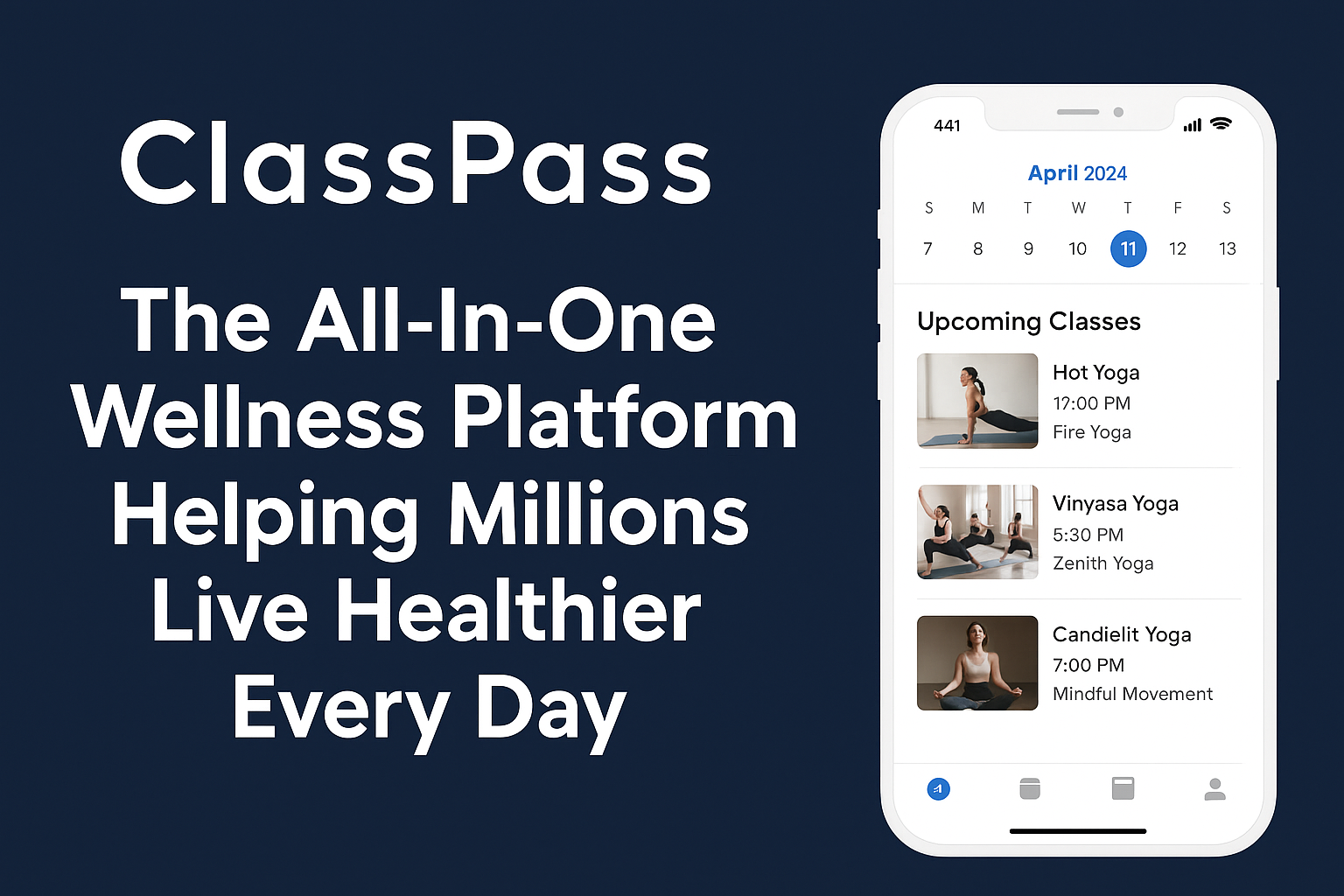


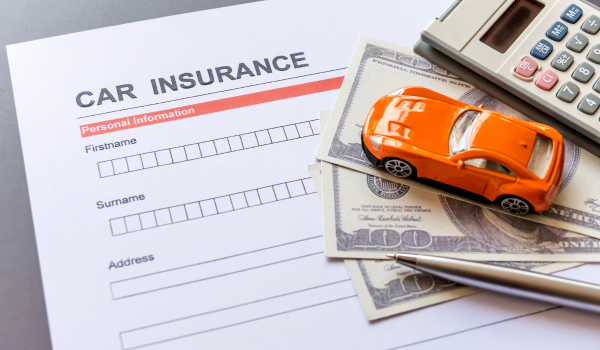

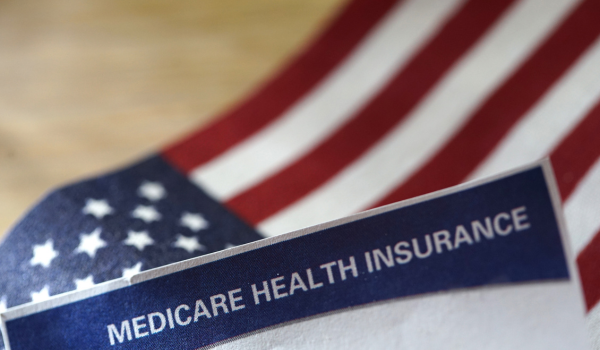
.png)
.png)
.png)

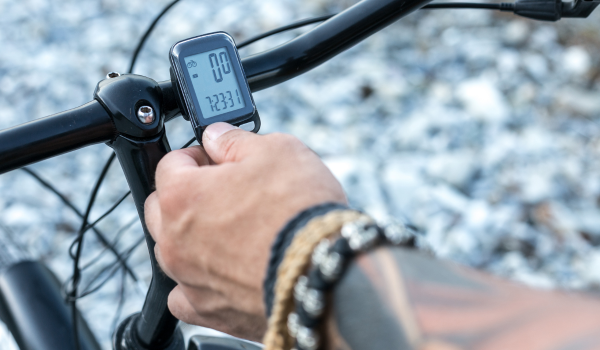
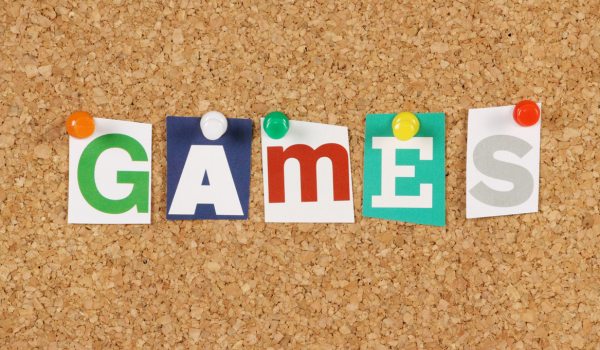



.png)
.png)
.png)
.png)
.png)
.png)
.png)
.png)
.png)





.jpg)





